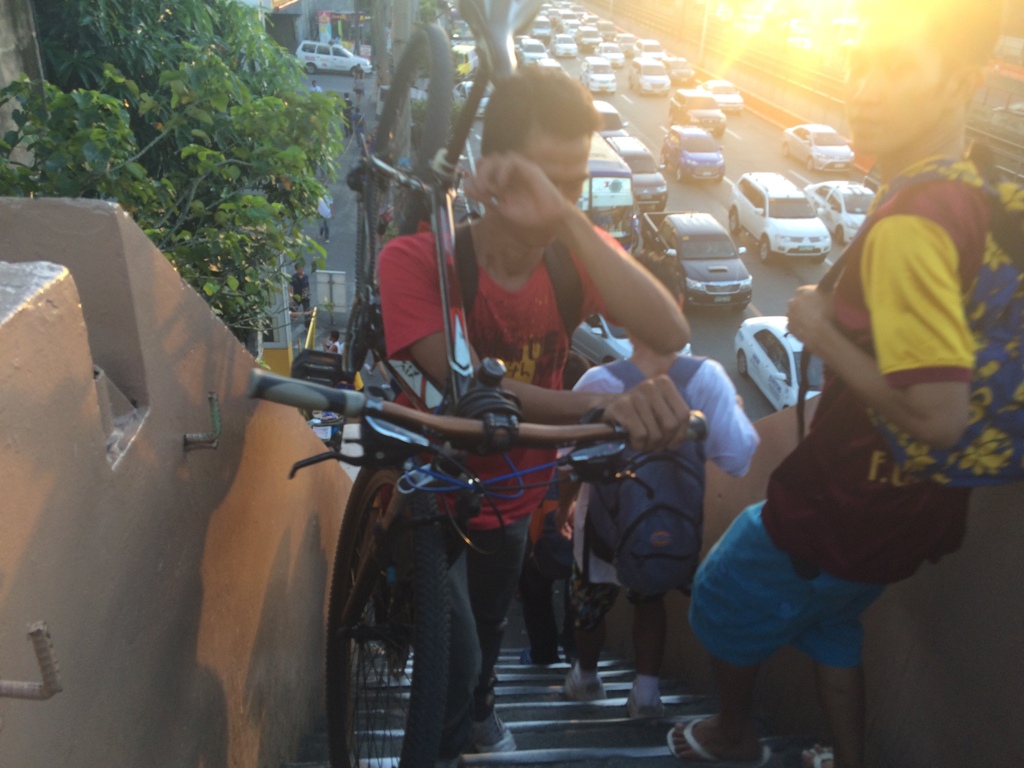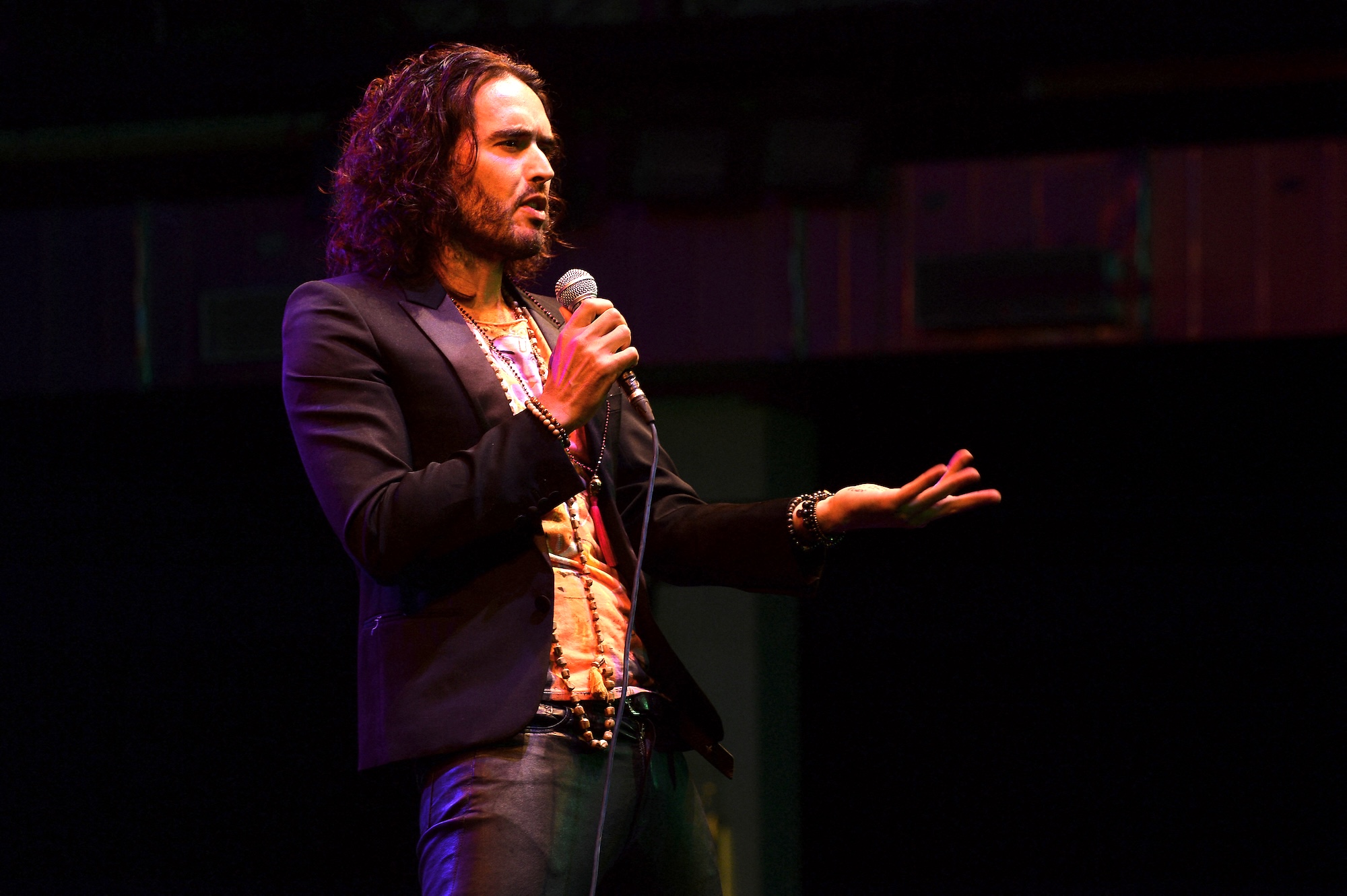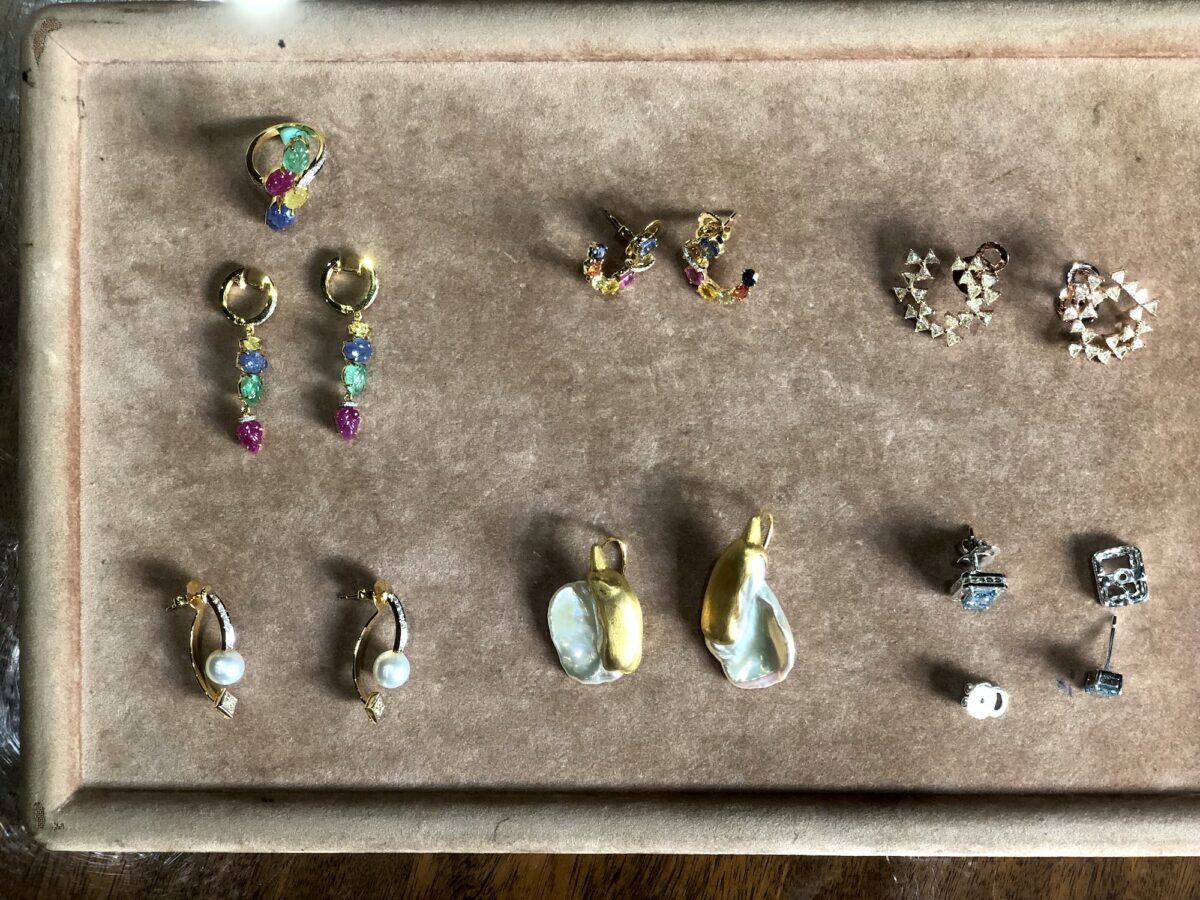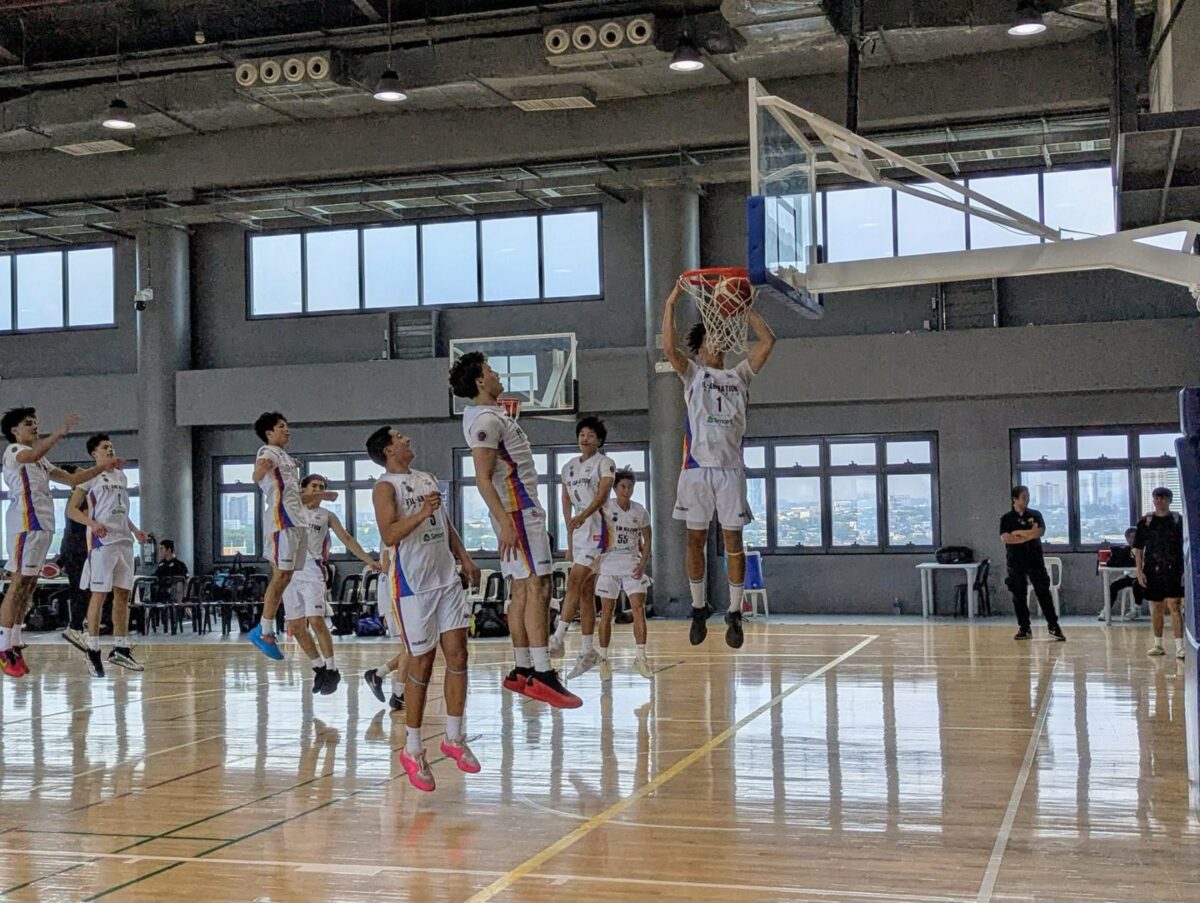
On an epic rainy night last year, taxis, buses and jeepneys were all full, my cell phone was dead and I was stranded in Rockwell. With no other options, I decided to walk home to Manila.
The journey took me three hours, mostly because without a map, I often got lost or had to backtrack on flooded stretches. This was still half of the time lost by others held hostage on gridlocked roads.
I discovered a new Szechuan restaurant, stopped for a rest at a karinderia, and used a pedicab to cross one of the flooded avenues. I reached home slightly disheveled, but empowered.
Before this endeavor, my walking was limited to strolls on Manila Baywalk to watch sunsets, or laps in Rizal Park around the musical dancing fountain to marvel at the Justin Bieber-coordinated fireballs and laser beam hearts etched onto fans of dancing water. (Check it out if you haven’t already seen it, everyday at 6:30 p.m.)
It wasn’t until such dire circumstance that I tried walking long distances in Metro Manila. Successfully reaching my house with no map and no phone gave me the confidence to try it anywhere. I have since opted for one-to-two-hour-long stretches across the city.
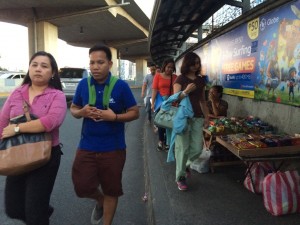
A new group called Walk Manila took to Edsa recently, surveying the pedestrian conditions along this major artery, famous for its world-class congestion. It took them five hours from end to end; along the way, they documented the obstructions or difficulties in their way, but also highlighted the potential of walking as a viable form of transportation.
Their symbolic act reminds me that we sometimes lose sight of simplicity when we think about sustainable transportation. We hold conferences and workshops on disruptive technologies, smart cities, green tech; meanwhile, the most sustainable, environment-friendly, inclusive form of moving ourselves is with our own two feet.
What happened to walking? Where is it in our conversation about a more livable Metro Manila?
Brutal
Here are some thoughts on how we can level out the playing field for people who walk in our cities.
Keep people at street level.
Overpasses and underpasses are my bane—the steep climb and descent for an overpass is brutal for the elderly, children and anyone carrying anything other than herself—such as vendors commuting with goods; cyclists carrying bikes up to cross the road; or mothers towing children.
Underpasses are no better, as they flood, and often the escalators do not work, leaving people trapped underneath with no option but to ascend by foot. For someone with a disability, it’s challenging.
It’s best to keep people at the street level and not maneuver us around like hamsters through a series of tunnels. This may be unavoidable across major thoroughfares like Edsa, but particularly in the central business districts (CBDs) and new developments where designers have the opportunity to prioritize people who would rather walk than drive, pedestrian overpasses should be a last resort.
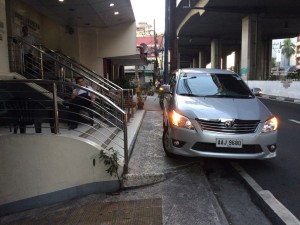
Design short blocks.
We tend to think that the CBDs are the most walkable because they have long, wide sidewalks; however, this alone does not guarantee pedestrian use.
Jan Gehl, the famous architect and urban designer, talks about designing on a human scale for cities.
When we drive, we are moving at 60 kilometers an hour, and the visual landscape is designed for such—large billboards, wide streets, high signs which can be viewed from far away.
When we walk, we move at 5 km an hour and need to adjust designs accordingly. On the street level, humans can see 100 meters in the distance, and within that view path, we want exciting visual stimulation and comfortable conditions, such as places to rest and shade to keep us engaged and moving through space.
Where there are sidewalks in the CBDs, they are wide and clean, which helps, but they are also unshaded, long super-blocks with dead facades—they look good from a car, but are not particularly interesting or pleasant on the street level.
When we reach the end of one of these long stretches, pedestrians get 10 seconds to cross the street, while cars get 109 seconds. All this adds up to a seemingly long journey.
On the other hand, the short, narrow blocks of most neighborhoods in Philippine cities which we tend to think are less walkable are already designed at a pedestrian-friendly scale.
There are more opportunities to cross streets along these shorter blocks, increasing movement, and they tend to have more active storefronts, which make the streets intriguing and trick the mind into thinking distances are, in fact, close.
Key factor
Create active ground floors.
A key factor in creating active streets is the design of the ground floor. In Gehl’s book, “Cities for People,” the designer outlines some basic principles for good ground floors.
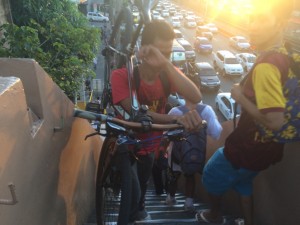
He emphasizes that large units, closed facades, blind windows and lack of detail negatively affect the relationship between the building and the city, reducing casual pedestrians, removing street life and increasing the feeling of insecurity.
The highest rated ground floor, classified as active, will have small units with many doors (15-20 doors per 100 meters) as well as large variations in function. These characterize most neighborhoods at the barangay level, where a high density of functions can be found along short blocks.
A palengke, sari-sari store, laundromat, karinderia, small plaza, basketball court, water station and salons or barber shops are all found on main streets at the ground level, which, according to Gehl’s criteria, contributes to walkability.
Some of the best streets in Metro Manila are found in Escolta. Revisit that area to remember what a good street should look like. The high, arcaded pathways protect passersby from sun and rain and channel them through open doorways to stores, restaurants and markets.
The lowest rating for ground floors, classified as inactive, have large units with few or no doors (zero to two doors per 100 meters) with no visible variation in function.
These tend to be true in the CBDs, where the whole block is owned by one developer and the ground floor is primarily leased to commercial chains with similar facades that open and close at the same hours, causing prolonged dead times. These make for less enticing environments for people who walk.
Make designated parking.
Of course, the ground floor activity has to be supported by an existing network of uninterrupted, clean sidewalks. Most barangays are not walkable because the sidewalks are too narrow, or where they exist, they are filled with illegally parked cars.
Although businesses are required by law to respect a three-meter sidewalk, it is more common than not to see cars parked to the edge of the sidewalk, completely obstructing the path for pedestrians, and the pulling in and out of cars across the sidewalk is equally disruptive.
Cars need to be taken off the sidewalks, period, and this will require designated paid parking on the street or off-street in parking garages, which can be a major source of revenue for local governments.
Sidewalks are the lowest-cost transportation infrastructure we can invest in, and their returns are immediate.
If we reclaim them for their intended use—walking—we immediately transform the city into one where it is more desirable to use our own two feet rather than our cars, to explore, commute and exist.

